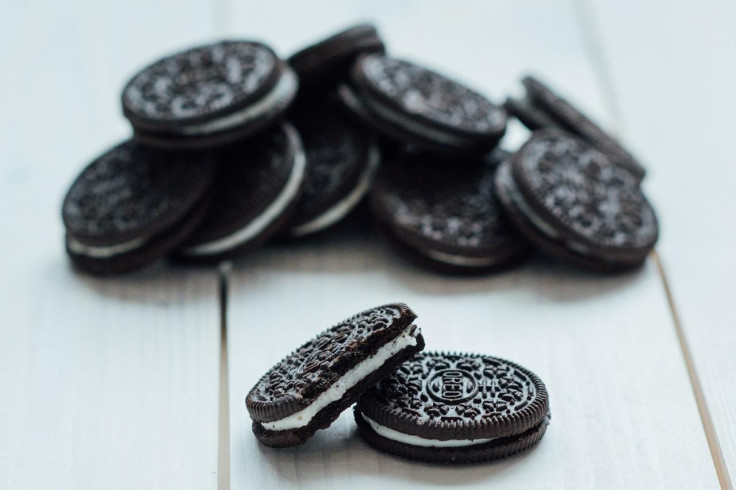Oreo-Splitting Mystery: Researchers Explain Why Twisting Creates Uneven Filling
KEY POINTS
- Researchers tried to find out why Oreo cream doesn't spread evenly when twisted
- They conducted a rheology experiment using a device called the "Oreometer"
- The team says the cream sticks to just one wafer because of its manufacturing process
Have you ever twisted open an Oreo cookie and found a very uneven distribution of the cream inside? A team of researchers has explored the science behind this delicious dilemma.
Lovers of the iconic Oreo cookie would know that when you twist it open, the cream rarely spreads evenly between the two wafers. More often than not, most of the cream sticks to just one wafer, leaving the other portion with barely any cream.
To find out why this is so, a team of researchers from the Massachusetts Institute of Technology (MIT) had a "scientific look" at the cookies, the university noted in a news release. A 2016 study had already found that the cream almost always gets stuck to one side when the cookies are twisted by hand. So, the researchers created the Oreometer, which is a device designed to twist cookies open with scientific precision, taking factors such as the cream's "flowability" into account.
The researchers have also shared a video showing just how the Oreometer works.
However, even after a series of tests on 20 boxes of Oreos, the team found that the cream "almost always" sticks to one wafer better regardless of the flavor or the amount of stuffing. The cream spread a bit more evenly sometimes when they were from older Oreo boxes.
According to the researchers, one of the reasons why this happens lies in the manufacturing process. When Oreo cookies are made, the dollop of cream is placed on one wafer and the other one is placed on top of it.
"Apparently that little time delay may make the cream stick better to the first wafer," said Crystal Owens, the lead author of the study, which was published in the journal Physics of Fluid.
This isn't some fun activity carried out by the researchers as it is a valuable experiment in Rheology or the "study of the flow of materials." The use of the famous cookies made the discipline more accessible to people, they said.
"Understanding the flow behavior of food ingredients and products has a widespread impact on economies of production, public health, and individual diets," the researchers wrote in their study. "Likewise, the experience of consumption (i.e., feel, softness, and texture) of many foods is intrinsic to their enjoyable consumption, with one example being the habit of twisting a sandwich cookie apart before eating."
The researchers did not find a way to twist the Oreos so that the cream would distribute evenly. However, Owens suggested that if the inside portions of the cookies were more textured, it could make the cream grip better and they would split more evenly, noted MIT.
The researchers also shared the 3D printer files for the Oreometer so that anyone who has access to a 3D printer can also conduct their own "Oreology" experiments.

© Copyright IBTimes 2025. All rights reserved.






















